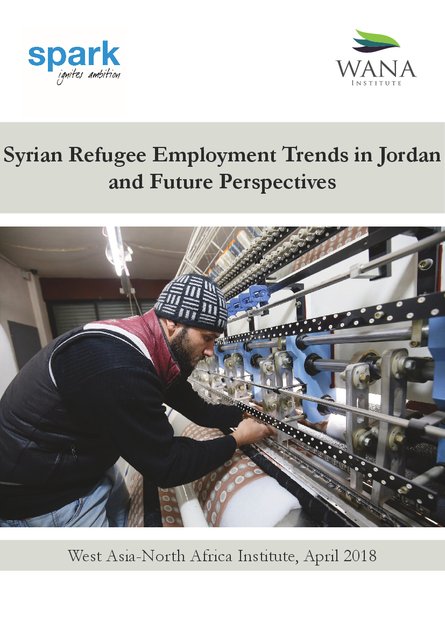
The civil conflict in Syria poses a complex humanitarian challenges to the West Asia-North Africa (WANA) region. Approximately 13.5 million Syrians require humanitarian assistance, while at least 10.3 million have been forcibly displaced with several million having fled across the borders into neighbouring states. Jordan, the focus of this report, has repeatedly played host to large numbers of displaced people. The current UNHCR statistic – 660,000 registered Syrian refugees – is deemed an underestimation by the government, which sets the number closer 1.4 million.
Since 2016, Jordan has provided limited worker rights to Syrian refugees in five sectors including agriculture, construction, manufacturing, food and beverage services and wholesale and retail trade. The opening of designated occupations within these five sectors was a landmark decision, which promised to smooth Syrian refugee integration into the formal economy. Despite the myriad of efforts to facilitate this process, the capacity of the Jordanian economy to absorb such a large number of new workers is limited, and unemployment and underemployment of the Syrian population remains a concern.
This report provides an overview of Syrian refugee employment trends within Jordan and seeks to answer key questions related to the size and configuration of the Syrian labour force, the degree to which Syrians are employed in their preferred sector, the impact of unemployment and sector transfer on skills erosion, the ability of the Jordanian labour market to absorb Syrian workers, the vocational and tertiary education resources available in Jordan, and the industrial investment and skills gaps that will need to be filled in a post-conflict Syria.